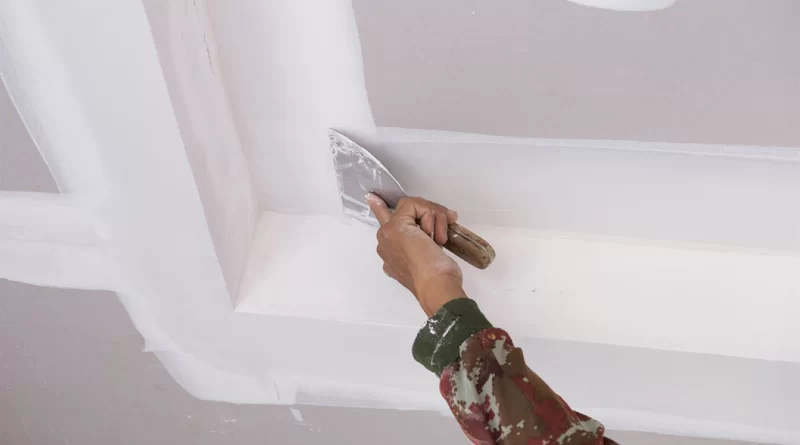Plaster Coving: What Are the Things You Need to Know
Decorating the interior of your home can be a tedious task to perform. You’d need to factor in what finishing touches you should add to the rooms of your home to make them visually pleasing. One of the touches to include is plaster coving or moldings.
Plaster Coving is a decorative joint that connects or links the ceiling to the wall. These decorative additions to your house also go by ceiling cove or molding. Commonly, this coving tends in houses that employ a Georgian or Victorian interior decoration, adding a little more personality to your home. Since the coving is made of plaster, it requires less maintenance and is decently durable.
Read on to learn more about these beautiful and decorative additions to the walls of your home.
What are the Notes to Consider in Plaster Coving?
Now that you’re familiar with plaster coving, it’s time to learn more about the factors to consider. Take note of these so you can make a clear decision whether you would want to add plaster coving to decorate the rooms of your house. Here they are as listed:
1. Plaster Coverings are More Traditional in Terms of Aesthetics
Do you want your home to look like a blast from the past? Do you enjoy Victorian-era or any similar style of aesthetics? If so, plaster coverings can meet your standards as they are beautiful additions to spice up your home’s rooms. They also come in a variety of profiles and styles to choose from.
2. Hard but Delicate
Plaster coving, while hard, is also a bit brittle. Suppose you’ve purchased plastic coving for your room; at least two people must install it. Installation can be tricky, especially if you’re attaching it to an Artex ceiling, where it can break if not done correctly.
3. A Smooth Finish to Your Home!
Plaster coving has a bright and smooth finish compared to the other type of coving, polystyrene and duropolymer. Since it’s attractive and bright, it demands less color for an even and consistent finish.
4. Plaster Coving Can be a Little Expensive
Compared to the other two coving types, plaster coving tends to be more expensive than the other two coving types. However, one big advantage that makes the expense worth it is that plaster coving can handle and cover areas with an awkward angle.
Installation Process
Now that you’ve covered the notes to consider in plaster coving, it’s time to cover the steps in installing plaster coving. Here are the steps to install plaster coving to the walls of your home:
1. Prepare the Materials for the Job
Installing the coving requires many tools to make the installation successful. They range from the tape measure, the coving itself, goggles, spirit level, hammers, step ladders, and many more.
2. Measure the Coving that’s Going to be Used
Measure the coving that you’ll use for the portion of the wall. However, you’ll also need to read the manufacturer’s instructions. That way, you clearly know how far the coving edges should fit from the ceiling and wall.
3. Coving Corner & fitting
Start cutting the coving corners; measure the coving and mark the measurements that you’ll need. Remember the external and internal miter cuts. On the face of the coving, mark out the cut’s directions. Use a panel saw to cut the coving.
Start fitting the coving on the longest wall first. Check if the size is right and the area is clear of dust. Apply coving adhesive and let it dry before attaching.
4. A Few More Finishing Touches
Add more coving adhesive along the coving’s top and bottom edges to keep it in place. Hammer some pins into the coving to keep it firm and in position. Check for any tiny gaps. Fill those gaps with coving adhesive. Scrape off the excess adhesive and wipe it with a damp cloth to finish it.
To Sum It All Up
While plaster coving is a wonderful addition to add an aesthetic touch to your home, it is expensive and requires meticulous installation due to its brittleness. However, the result of properly installing the plaster coving in your home’s rooms is worth it. It makes the room look like it came from a period of antiquity, which will dazzle your visitors when they see it.
References:
https://www.thevictorianemporium.com/store/category/plaster_coving

